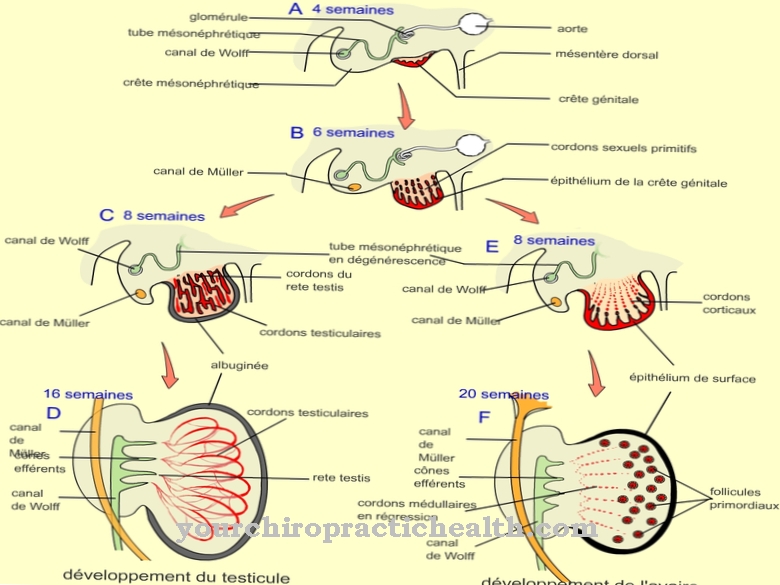The first process of perception is the sensation on the sensory cells of the perceptual structures. To that Detect a perception, a comparison is made in the brain between currently perceived stimuli and stimuli from the perception memory. Only this comparison enables the person to interpret it.
What is cognition?

The human anatomical sensory systems enable them to receive stimuli from their surroundings and from within themselves. The stimulus is picked up by the sensory cells of the respective perception system. In order to get a picture of one's own environment or processes within one's own body, the stimulus pick-up is only the first instance of perception. Via afferent nerve tracts, perceptual information reaches the brain via the spinal cord, where the interpretation, classification and recognition of the stimuli only begins. The picture is composed in the brain.
Perceptual psychology divides the process of perception into three different levels: sensation, organization and classification. The first stage creates an image of the object in visual perception, for example. The step of organization organizes the image into a fixed form from individual forms. Only in the last step is meaning assigned to the sensory impression: the perception is thus recognized.
The recognition takes place on the basis of previous perceptions, which are stored in the brain and are used for comparison with each new perception. Only by comparing, categorizing and assessing his perception does a person recognize, for example, a certain image as a person or object. Recognition is thus one of the last steps in the chain of perception.
Function & task
Like all living beings, humans grasp the physical properties of their environment and their own body with their senses. There are, however, more or less great differences between what is known and what is actually perceived. What the sense organ records does not necessarily have to correspond to what is ultimately recognized. This phenomenon can be traced, for example, through optical illusions.
In addition, subjective perception does not always correspond to the objectively acting stimuli from the physical world, which trigger a perception. On the way between grasping the sensory organ and the step of cognition, the brain filters out information from a perception, summarizes information, divides the perception into categories and arranges the individual areas of perception according to their experience-based importance.
In the case of perceptions of the visual system, the brain must first filter out individual objects from the overall perception on the way to recognition, recognize these objects by comparing them with perceptual memories and, in the last step, understand the overall picture.
Object recognition, for example, relies on conciseness as a principle. Figures are perceived according to the conciseness principle with the simplest possible structure. The principle of proximity also allows people to perceive picture elements as belonging together as soon as they are particularly close to one another. In addition, the principle of similarity allows people to perceive all parts of the picture with the same shape or color as a whole. Symmetrical structures belong to the same object for people. The same movements or appearance and disappearance at the same time create just as much togetherness as closed lines on a surface, common regions as delimited areas or continuous image continuations of interrupted elements.
On the basis of these and other principles, a visual perception impression is transformed from an overall impression into a large number of extracted form information. Only after these processes are the individual objects recognized and given an interpretive meaning. In order to recognize and interpret objects, the brain extracts information about the location of the objects and the connection between recognized lines from visual impressions. In the case of object recognition, the extracted objects are interpreted by comparing them with visual memory.
This comparison is made through feature analysis. Each object represents a certain set of abstract features and can be recognized based on these features. The actual recognition of a perception corresponds to the assignment in which an object is classified and thus becomes the representative of a certain category.
In the case of complex objects, they are broken down into simpler components for recognition. The recognition of the sub-objects and their arrangement in relation to one another allows people to recognize the entire object. Recognition works according to a similar principle in all other sensory systems.
You can find your medication here
➔ Medicines for visual disturbances and eye complaintsIllnesses & ailments
Perception is a complex process. Different perceptual disorders in different sensory structures can cause the subjective perception to deviate more or less strongly from the objectively acting stimuli.
If lesions in nerve structures impair perception, a physical condition is the cause. If this is not the case, there is probably a psychological perception disorder. For example, experiences, interests and attention can influence sensory impressions. The intactness of the anatomical structures of perception enables the objective recording of stimuli. However, it is only the experiences, interests and attention that make subjective recognition and interpretation of a perception possible.
Disturbances can be present in every sub-area of perception. Even a person with intact sensory organs can suffer from perception disorders. Visual perception disorders are often expressed in the inability to recognize the same shape or spatial position. Other disturbances in the field of visual perception have to do with face recognition.
In the case of auditory perception disorders, there is often an inability to classify sounds or to recognize individual sounds. Many recognition disorders are momentary weaknesses in perception. Sometimes perceptual disorders are the result of general developmental disorders and are due to a lack of support. However, another possible cause is a disturbed connection between the perceptual content and its representation within the perceptual memory.
Recognition disorders can also be due to physical illnesses such as Alzheimer's or be triggered by mental illness.









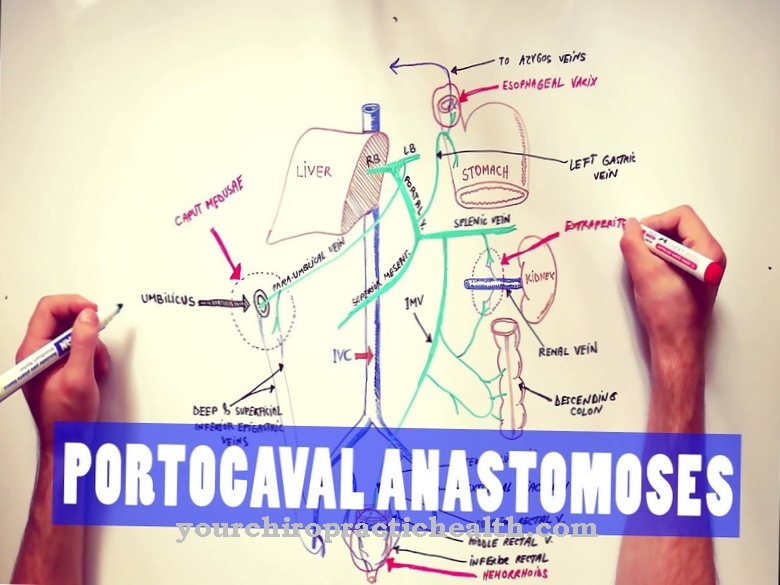


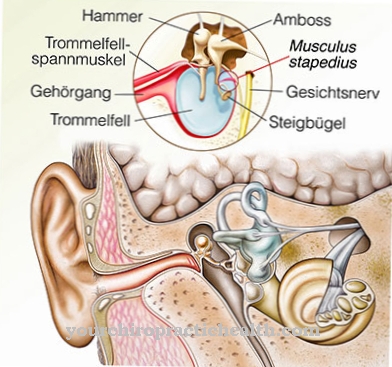


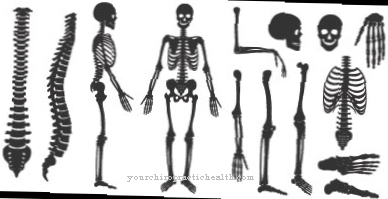



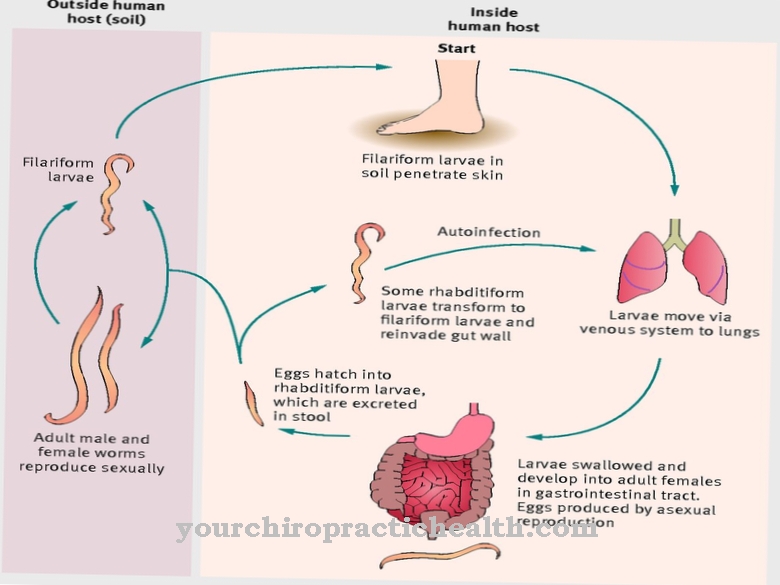

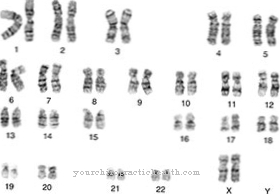

.jpg)

.jpg)
